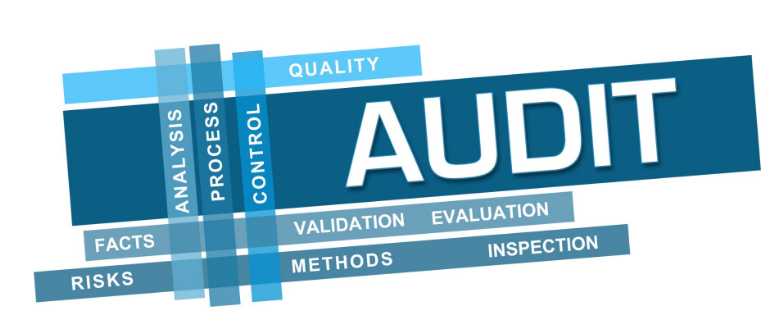Article written by Kevin Routley
While most employers are looking only at bottom line cost and keeping their overall rates in check, more often than not, they are missing the true drivers of benefit cost increases. As the City of Toronto’s Auditor General’s Report points out, the true driver of cost are the claims that sneak through the system.
A common scenario: Its’ renewal time and the consultant sits down with the employer to review their plan. The first thought of many employers is to immediately sneak to the rate/cost page. As long as the costs stay within their preconceived notion of a “fair” increase, they usually are happy that they “hit the mark”. This approach to benefit cost management is fool hearty on so many levels because:
– Believe it or not, the price doesn’t always need to go up. Until recently many renewals were actually decreasing due to generic drug pricing laws. I always find it ironic when I audit another broker’s benefit program and find the health and/or dental costs saw no change in rate. Without getting into probability tables, the chance of that happening from an underwriting perspective is slim. I would suggest that if an insurer and broker held the rate, they likely should have decreased it.
– Cost is a by-product of claims. The higher the claims, the higher the cost. If claims are being paid that shouldn’t be, you are paying an unnecessary increase in cost.
– No time is made to discuss claims trends and irregularities, opening the policy to future claims shocks.
A Better Approach: A benefit renewal is the time to look deeply at claims and their relevance to:
- The plan design – are claims being paid that are not allowed by the plan design?
- Prior year claims experience – do any anomalies present themselves.
- Certificate claims levels – although privacy restricts identifying the individual, within claims reporting, detail can be presented on what claims areas are reflected in the usage. From there, cross referencing the number of claims with the certificate listing might uncover some abuses.
- Laser claims – many conditions present themselves long before there is a crisis within a program. A thorough drug reporting can provide insight of incoming future laser claims that might affect the employer at subsequent renewals.
- Benchmarking data – how does your usage reflect trends within your sector.
- Abuse Areas – Although there has been a historical need for many items within a benefit program, the on-line nature of claims submission, consumerism, provider misconduct and employee education has resulted in explosive growth in the areas of: orthotics, compression stockings, medical braces, some dental procedures and paramedical practitioners (chiropractor, massage, physiotherapy, naturopathy, acupuncture, osteopathy, etc.). These items must be individually audited to protect against a program’s vulnerabilities.
So what is an employer to do to keep their program as safe and free from abuse as possible? I’d suggest the following:
- Know the fraud protection capabilities of the insurer. Some are better than others at detecting fraud sooner.
- Partner with your employees to build a program that is necessary and rewarding. Unlimited maximums can create significant problems for an employer. Understand that maximums are typically set for each individual within the family unit and do not have to be.
- Hire an employee benefit consultant/broker that provides a thorough annual audit of your claims with benchmarking to your sector.
- Don’t buy into the notion that a small increase in cost is okay.
In the end, you can be accepting of a broker that just “hits the mark” year after year or you can look for a change and develop a process to protect your policy!
Kevin Routley is Vice-President at Selectpath Benefits & Financial – one of Canada’s largest independent employee benefits consulting firms. His clients benefit from his straight forward approach to total compensation strategies where he challenges the traditional models of employee benefits. His innovative strategies have transformed the marketplace, breaking from tired, traditional solutions to create measurable long term savings for his clients. He has been an invited speaker in Canada and the United States. He sits on agent advisory councils with various insurance companies where his industry knowledge and foresight of the marketplace helps change the employee benefits landscape.
